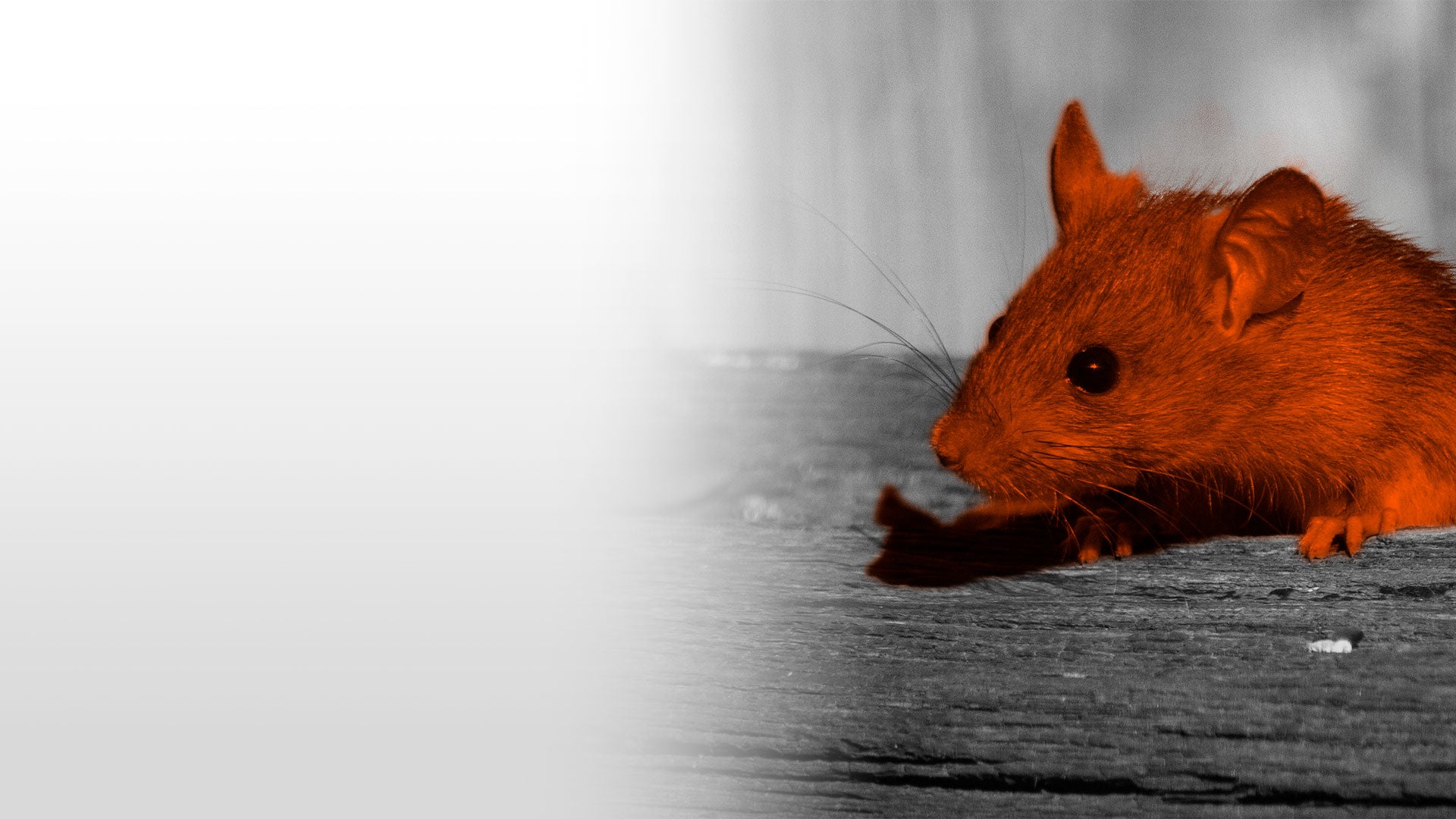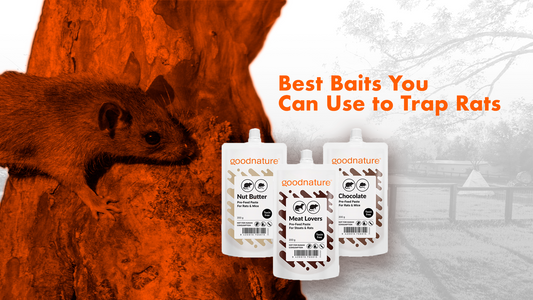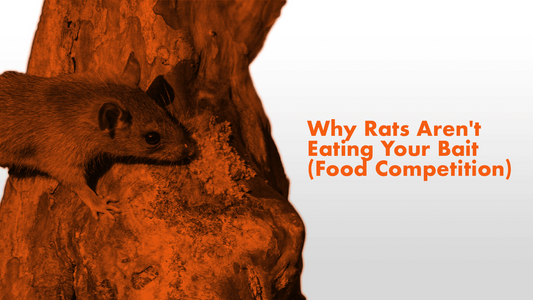-
Competition for Resources
Rats engage in resource competition due to their voracious appetite and adaptability. With an innate drive to feed and reproduce, they seek out various food sources, including grains, fruits, and leftovers. Their rapid breeding and ability to thrive in diverse environments lead to population booms. As rats multiply, they intensify the scramble for limited food, creating a scenario where these rodents fiercely compete for every morsel. This competition then ripples through the ecosystem, affecting other wildlife reliant on these shared resources.
-
Impact on Vegetation
Rats exert a notable impact on vegetation as their populations expand. Their foraging behavior encompasses gnawing on plant parts, including stems, leaves, and even roots. This incessant nibbling can impede the growth of various plants, affecting their overall health and vitality. Additionally, rats often target seeds and fruits, curbing the reproductive capacity of plants and hindering the natural process of regeneration. As a consequence, the intricate balance of the ecosystem can be disrupted, leading to potential declines in plant species diversity and altering the dynamics of the environment.
-
Displacement of Other Species
Rats have the capacity to displace other species within their ecosystem. Their adaptable nature and ability to thrive in different habitats grant them a competitive edge. As rat populations surge, they may outcompete native species for resources such as food, shelter, and nesting sites. This can lead to a decline in the abundance of these native species, potentially endangering their survival. Rats' aggressive foraging behavior and prolific breeding can create an ecological imbalance, altering the composition and interactions of the local fauna.
-
Reduced Tree Regeneration
Rats, through their foraging behavior, can intricately influence the delicate process of pollination that underpins plant reproduction. As they feed on flowers, seeking nectar or other edible parts, they inadvertently disrupt the finely tuned relationships between plants and their pollinators. The act of consuming flower components can lead to physical damage to blossoms, impairing their ability to attract and retain pollinators like insects and birds.
-
Disease Transmission
Their close association with urban and human environments enhances the likelihood of disease transmission due to their adaptability to human settlements. Rats can carry pathogens, such as bacteria, viruses, and parasites, within their bodies and fur.
In urban areas, rats can contaminate food and water supplies with their waste and urine, thereby introducing harmful microorganisms into human living spaces. This can lead to the transmission of diseases like leptospirosis, a bacterial infection that humans can contract from contaminated water or soil.
-
Predator Responses
The presence of rats can induce shifts in the behavior of native predators, diverting their attention to rats as an alternative food source and potentially reducing predation on their original prey. This can lead to population increases of prey species, influencing plant communities and altering resource distribution across the ecosystem. Additionally, native predators that exploit rats as a stable food source in human settlements might experience heightened survival and reproduction, potentially leading to an overabundance of predators and affecting overall ecosystem dynamics, highlighting the interconnected and intricate nature of predator-prey relationships in response to rat presence.
Human-Wildlife Conflicts
The negative consequences of an excessive rat population extend to urban and suburban settings. Rats' innate need to gnaw to control their teeth growth can result in substantial property damage. Their tendency to chew through various materials, including electrical wires, creates hazardous conditions with the potential for electrical malfunctions and fires in buildings. Additionally, their gnawing can compromise insulation in structures, leading to reduced energy efficiency and increased utility costs for residents. Beyond property concerns, rats' unrelenting appetite becomes a significant menace to gardens and crops. Their consumption of fruits, nuts, vegetables, and plants significantly impacts agricultural endeavors, jeopardizing farmers' and gardeners' efforts. This widespread foraging can lead to substantial economic losses and food scarcity within local communities.
If you possess specialized knowledge or profound insights that you're currently applying or believe will benefit others, we encourage you to share your expertise with us.
Your valuable wisdom can greatly enrich our community and empower fellow trappers!





